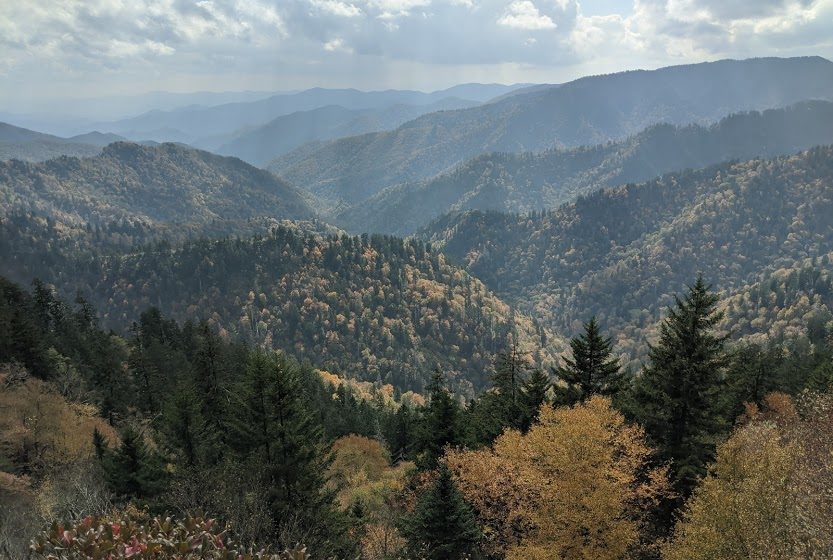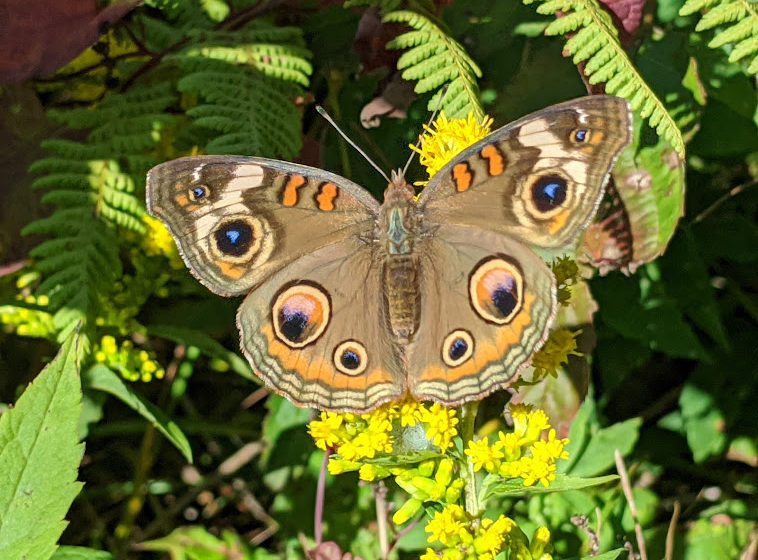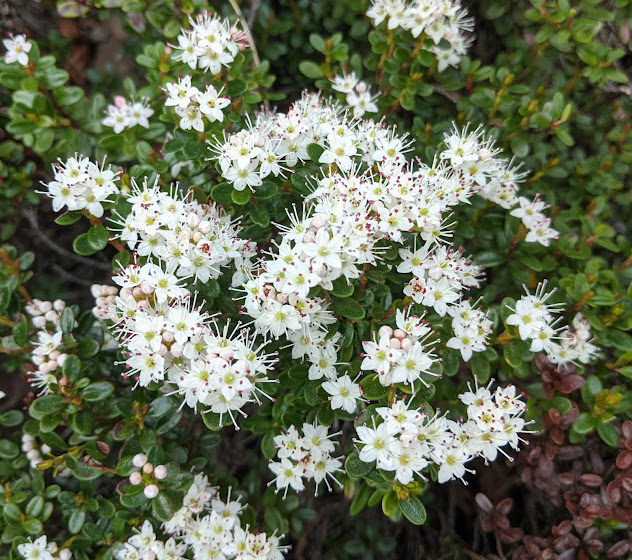By Mark Ellison
What Draws Us to the Trail
August 6, 2021
What drives us to take a walk in the woods? What can that simple walk open up to us?
We are innately drawn to seek out natural settings, yearning to reconnect with something deep in our spirit, something nearly forgotten. Benton MacKaye, the visionary of the Appalachian Trail (A.T.) recognized this innate need saying, “one function, at least, of true wilderness is to provide a refuge from the crassitudes of civilization — whether visible, intangible, audible — whether of billboard, of pavement, of auto horn-all of these are urban essences; all are negations of wilderness.”
In other words, modern life can be harsh and unsensible. In nature, we seek a contrast to the lives we live in towns and cities, and a desire to tap the benefits — economic, ecological and spiritual — that provide distinct meaning to our lives.
Beyond our primal connection, we have many motivations to bathe in the restorative balm of the wilderness. We could be seeking liberation from things that cause us stress, in search of an elusive sense of peace, or yearning to find mental and physical well-being. For some, it is the challenge of pushing limits, the thrill of exploring new settings or reconnecting with a place we have been a hundred times. The artistry of the forest is that the trilliums, spruce, vireos and salamanders accept and welcome us to their refuge. We can be our authentic selves, immersed in the solitude of their presence.
MacKaye realized that we need wilderness more than it needs us. Walking in the woods offers a soothing panacea, largely sheltering us from the relentless cacophony of noise, light and activity that modern life delivers. In its place, we frolic in the soft fascination surrounding us of juncos singing, whispering breezes, trickling creeks, bucolic mountain vistas and dancing cumulus clouds, all of which allow our attention capacities to rest while offering just enough whimsy to keep us engaged. The space created when we set free the worries that direct our thoughts allows new ideas to percolate to the surface, beckons creativity to be unbridled and inspires decisions to be made transforming the direction of our lives.
We often speak of our experience on the A.T. in miles, but it can also be measured in the depth of connection made with the living things that surround us. There is wisdom to be drawn from a 200-year-old tree if we stop and listen. The forest gets to know us as well. Visiting a place for the first time is exhilarating, making us come alive in anticipation, unsure of the wonder and challenges the Trail may render. Hiking a trail many times offers a remarkable opportunity to connect with a place, experiencing it in the vibrance of spring, intensity of summer, enchantment of fall and solitude of winter.
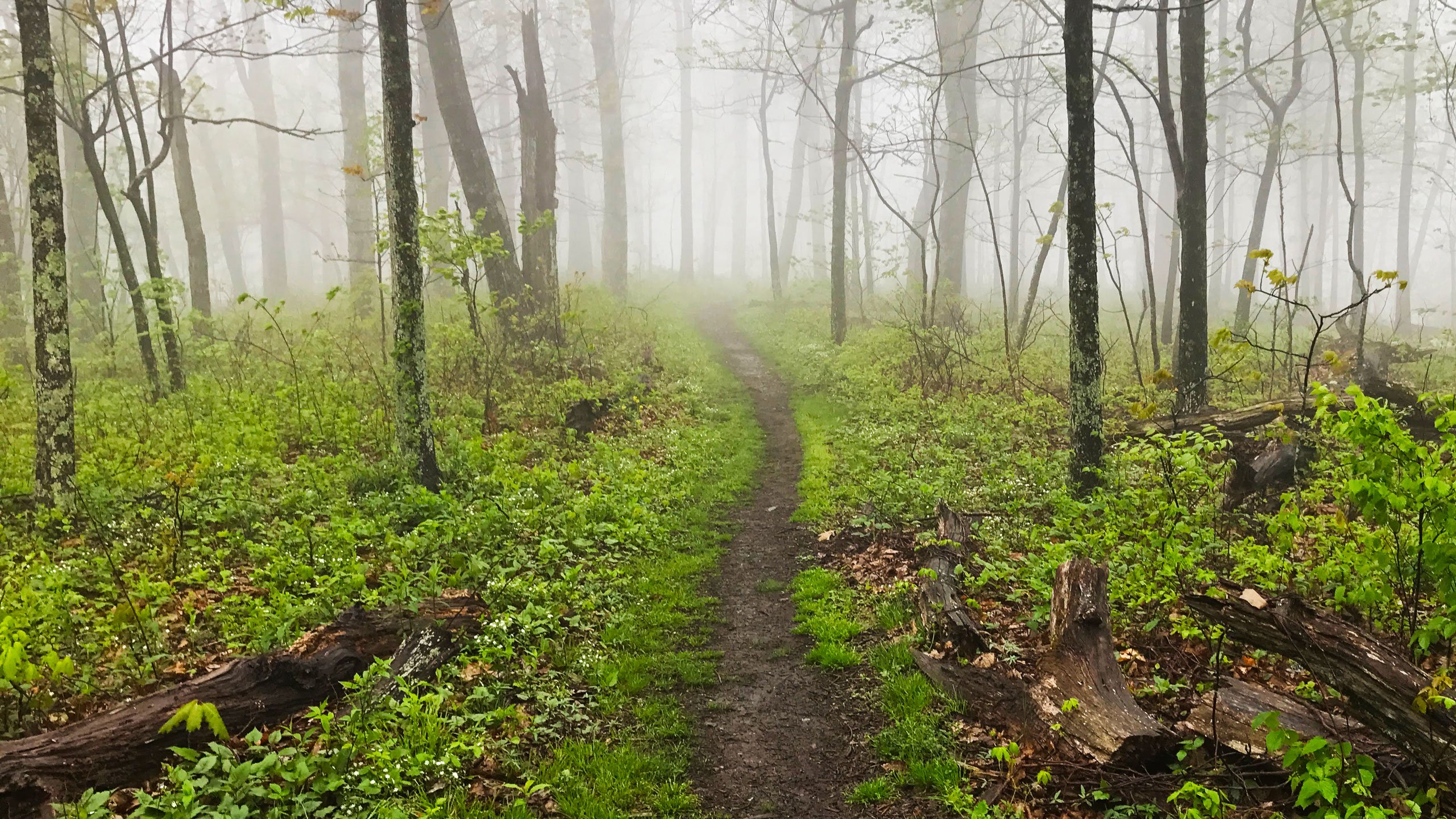
“The oxygen in the mountain air along the Appalachian skyline is a natural resource (and a national resource) that radiates to the heavens its enormous health-giving powers with only a fraction of a percent utilized for human rehabilitation. Here is a resource that could save thousands of lives.” -Benton MacKaye. Photo by Kay Nix.
The stories of the people that have hiked the A.T. are its magic. Jay Levy, 47, the Appalachian Trail Conservancy’s (ATC) Indigenous Partnership and Research Coordinator, hikes “to connect to the land, to develop a stronger relationship with the earth.”
“My motivation is to strive to have a connection with creation,” he said. “Every time I am on the Trail, I learn from the land, the animals, and plants. I listen, observe and learn how to be a better human. The land teaches us if we open our heart to it. I learn humility, patience, strength, and love. It gives so much, that I feel it is our job to care for it.”
Indeed, the A.T. offers many lessons when we open our senses. MacKaye believed that wilderness was the ultimate source of health. Each step on the Trail can be like taking a sip from the fountain of youth, serving as a salve for the mind, body and soul.
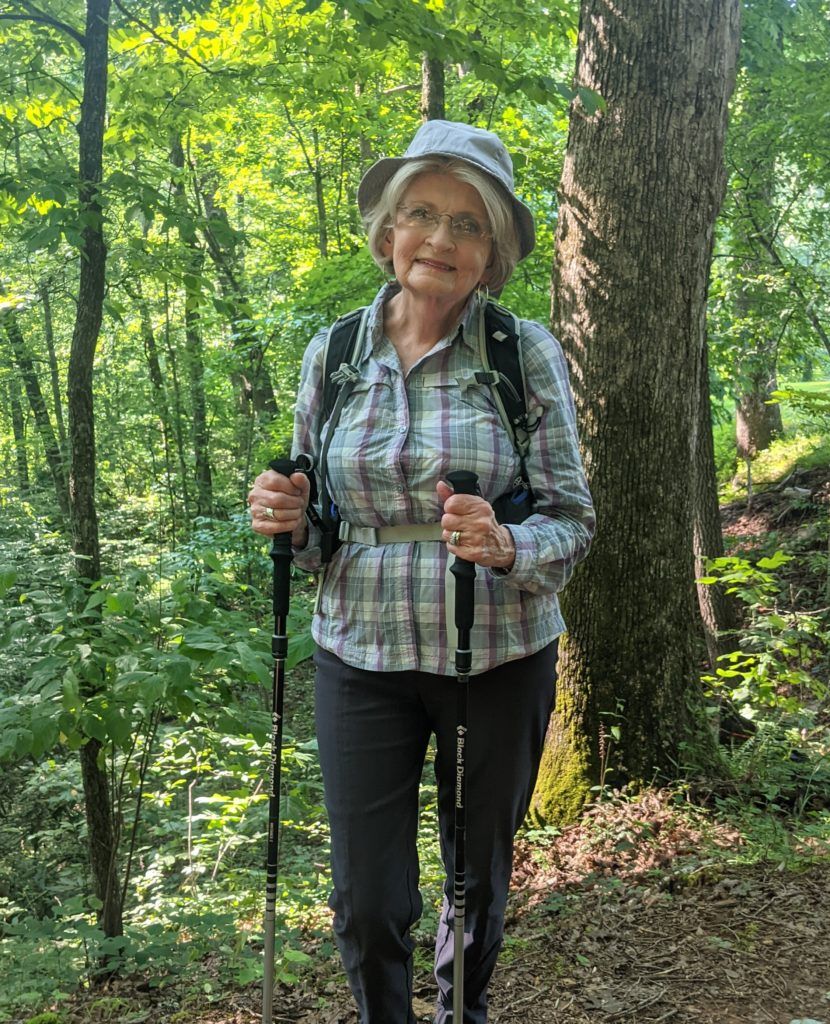
Kay Clemmons, 75, has hiked the A.T. and Smoky Mountains trails for nearly 25 years, to help strengthen her physical, spiritual and mental well-being.
Kay Clemmons, 75, agrees with that point of view. She has hiked the A.T. and Smoky Mountains trails for nearly 25 years, regularly going on day hikes of 15-25 miles. For Kay, going into the woods strengthens her physical, spiritual and mental well-being.
“Climbing mountains, wading streams and scaling boulders are definitely physical challenges,” she said. “However, hiking in the woods is much more than a physical experience for me. Glistening dog hobble, gnarled rhododendron tunnels, cascading streams, lacy rime and overhanging blossoms inspire praise, adoration and awe for a source that is far beyond my physical being. In the depth of the woods, I can reach into the depth of my soul and find peace, contentment and satisfaction.”
In the forest, we delight in feeling unrestrained, able to allow our thoughts to soar from one idea to the next, or none at all. It is not unexpected that a place so incredibly placid can lower blood pressure and stress levels, improve mood and strengthen the immune system. Hiking exercises parts of the brain required to navigate life. We are traversing an unpredictable environment, making adjustments because of changing terrain, Trail blazes and wild animal encounters.
Our shared journeys on the A.T. weave an ongoing mosaic of stories that paint a picture of our reciprocal relationship with nature. We wander deep into the wilderness in search of our place in the world, a space to think, feel, express and challenge. We emerge like a monarch butterfly from the cocoon, renewed, inspired, with the wild in our soul ignited.
As we drive away from the wilderness at the end of our visit, we carry it in our mind and spirit. We must use these memories to fuel our action to safeguard MacKaye’s vision of preserving the Trail for the well-being of humankind, as well as the trees, plants and animals that call it home. That way, in another hundred years, it remains an inviting escape, continuing to encourage us to build a better world.
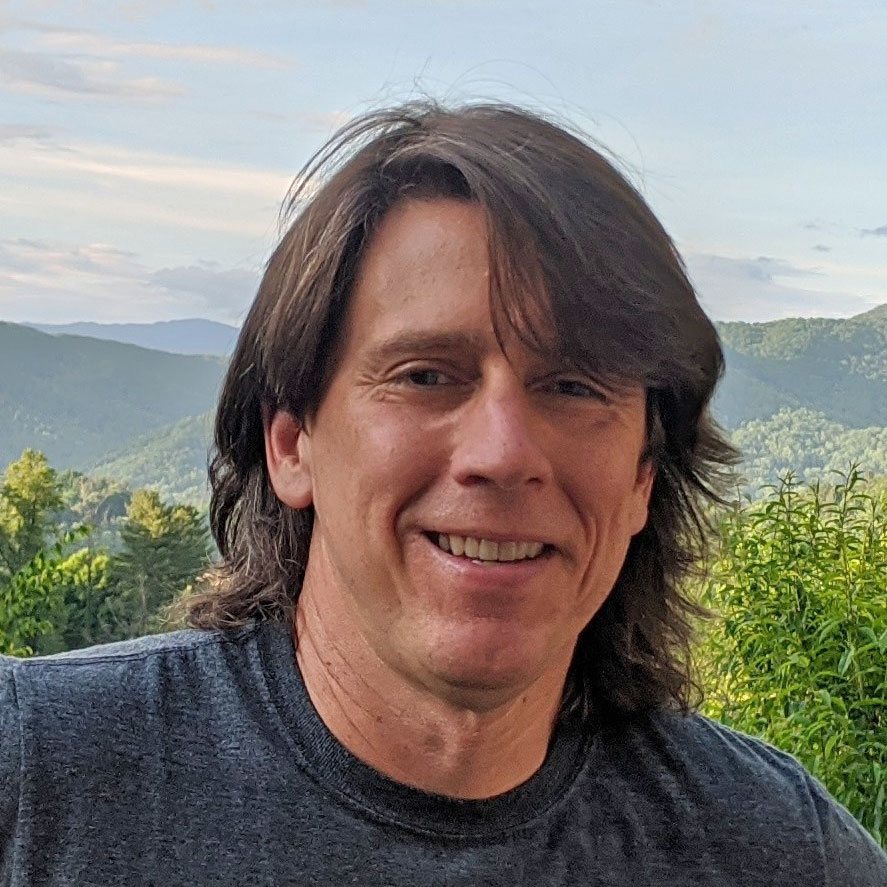 Mark Ellison began exploring the trails of the southern Appalachian Mountains as an undergraduate at Western Carolina University. The beauty and solitude he found there inspired him to focus his doctoral research at NC State on the restorative benefits of hiking in wilderness. Living in Cullowhee, NC, he helps others learn about and experience the restorative power of nature as a certified forest therapy guide, writer, photographer and speaker. Learn more.
Mark Ellison began exploring the trails of the southern Appalachian Mountains as an undergraduate at Western Carolina University. The beauty and solitude he found there inspired him to focus his doctoral research at NC State on the restorative benefits of hiking in wilderness. Living in Cullowhee, NC, he helps others learn about and experience the restorative power of nature as a certified forest therapy guide, writer, photographer and speaker. Learn more.


